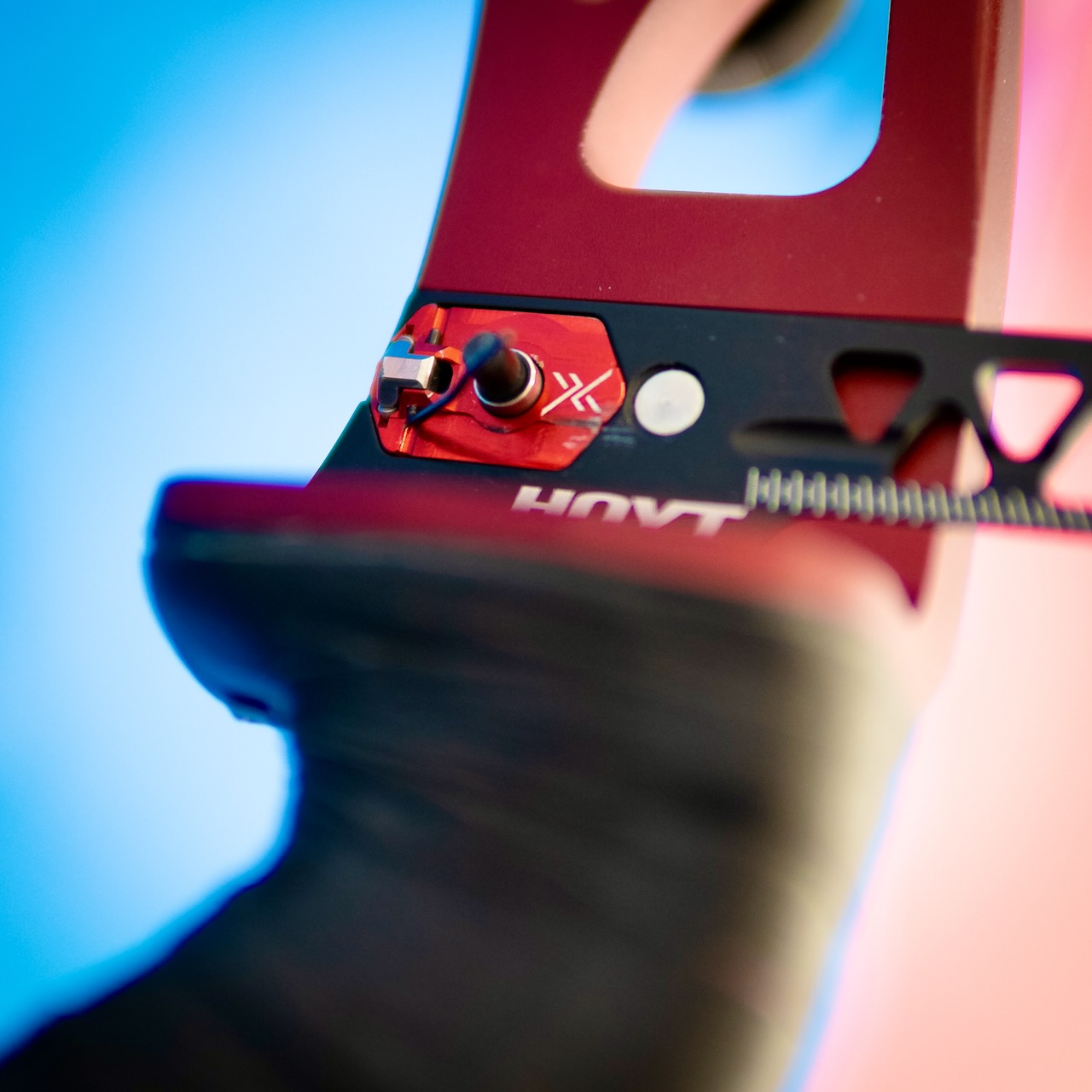For centuries, archers relied solely on their skill, intuition, and the craftsmanship of their bows and arrows to hit their targets. From the battlegrounds of medieval England to the hunting fields of ancient Asia, the art of archery evolved without the technological aids we now consider essential. Among these modern innovations is the archery plunger, a deceptively simple tool that has revolutionised precision shooting. Often overlooked, its impact on competitive archery cannot be overstated. Let us explore the history, mechanics, and significance of this small but mighty device.
Archery Before the Plunger
Before the advent of the plunger, archers had to contend with inconsistencies in arrow flight caused by natural imperfections in their equipment. The arrow paradox—the phenomenon where an arrow flexes around the bow upon release—was managed through trial and error. Traditional methods included adjusting arrow spine, experimenting with fletching, or altering grip and release techniques. These practices, while effective, were imprecise and highly individualistic.
The introduction of the recurve bow in the 20th century brought new challenges and opportunities. As archery became a modern sport with standardised equipment, the need for a device to fine-tune lateral arrow movement became increasingly apparent.
The Birth of the Archery Plunger
The plunger button was born out of necessity in the mid-20th century, during a period of rapid advancement in archery technology. While the exact origin of the device remains somewhat obscured, it is widely believed that early iterations were developed in the 1950s and 60s by innovative archers and engineers seeking a competitive edge.
At its core, the plunger was designed to solve a specific problem: lateral deflection of the arrow upon release. By introducing a spring-loaded mechanism that could adjust the arrow’s position against the bow’s riser, the plunger allowed for greater consistency and accuracy. It was a game-changer, especially for competitive archers striving for pinpoint precision.
How the Plunger Works
The mechanics of the plunger are deceptively simple yet highly effective. Positioned near the arrow rest on a recurve bow, the plunger button serves two main purposes:
- Arrow Alignment: It ensures that the arrow is correctly positioned for optimal flight.
- Deflection Management: The spring-loaded mechanism absorbs and corrects lateral forces exerted on the arrow as it flexes during release.
The plunger’s adjustable spring tension allows archers to fine-tune their setup based on arrow spine, draw weight, and shooting style. This level of customisation ensures smoother and more predictable arrow flight, making the device indispensable for achieving consistency.
The Plunger in Competition
The introduction of the plunger marked a turning point in competitive archery. By the late 20th century, it had become a standard feature for Olympic recurve setups. Archers who mastered its adjustments gained a significant advantage, as the device allowed them to adapt their equipment to varying conditions and achieve unparalleled precision.
Some iconic moments in competitive archery history owe much to the plunger’s innovation. From the tightly contested finals of the Olympic Games to world championship events, the plunger has silently played a pivotal role in shaping outcomes.
The Plunger Today
Modern plungers have come a long way since their early designs. Today’s devices are made from advanced materials such as stainless steel, aluminium, and high-grade polymers, offering durability and precision. Leading brands like Beiter and Shibuya have refined the plunger into a sophisticated tool, with models catering to both professional athletes and amateur enthusiasts.
Customisation remains a key feature, with options for different spring tensions, lengths, and even colour choices. The evolution of the plunger reflects the broader trend in archery: the fusion of ancient tradition with cutting-edge technology.
Conclusion
The archery plunger may be a small piece of equipment, but its impact on the sport is immense. By addressing the challenges of lateral deflection and arrow flight, it has enabled archers to push the boundaries of precision and performance. As we celebrate the ingenuity behind this humble device, we are reminded that even the smallest innovations can leave a lasting legacy in the pursuit of excellence.






0 Comments